Needle-free vaccines, super jelly and a bird-eating tortoise
Our round-up of some of the amusing, astonishing and inspiring research stories that caught our attention over the past 12 months.

As 2021 draws to a close we look back at ten stories that made us smile, gave us hope or simply wowed us.
1. ‘Super-jelly’
Who doesn’t love jelly, the wibbly wobbly stuff that as kids we used to slurp off spoons and eat with ice-cream at parties. Jelly has always been pretty wonderful. But now researchers at Cambridge have taken the joys of jelly to a whole new level.
This (unfortunately inedible!) ‘super-jelly’ acts like an ultra-hard, shatterproof glass when compressed. Meaning it could be used for a wide range of potential applications, including soft robotics, bioelectronics or even as a cartilage replacement for biomedical use.
2. Bamboo bats... Howzat?!
Enthusiasts of the sport will know that cricket bats have been made from willow for over 100 years. But Cambridge researchers say that while willow has had a good innings, bats should now be made from bamboo.
Our cricket-loving researchers created prototype laminated bamboo bats, which they compared with typical willow bats, finding that they were superior in performance. Bamboo bats are also cheaper to produce while being more sustainable than willow bats. This means bamboo bats are not only good for the sport but good for the planet too.
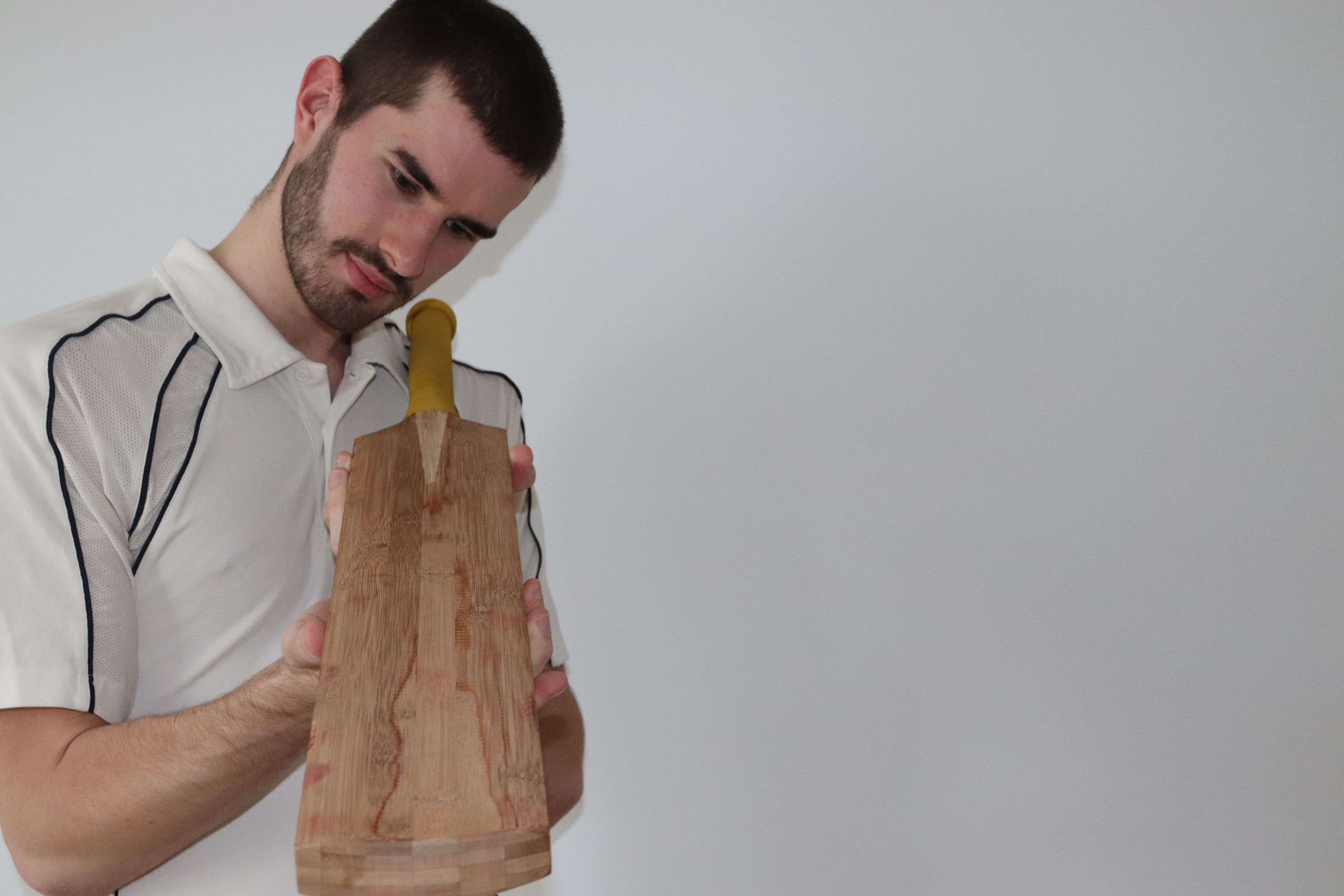
Ben Tinkler-Davies with the prototype bamboo bat
Ben Tinkler-Davies with the prototype bamboo bat
3. Stephen Hawking’s archive
Professor Stephen Hawking was, without a doubt, one of the greatest scientists of our time. He was loved by millions around the world and transcended both scientific and popular culture.
Future generations will continue to be inspired by Professor Hawking, who encouraged us to look up at the stars and not down at our feet, as his papers and personal objects head to the University Library in Cambridge and the Science Museum, London.
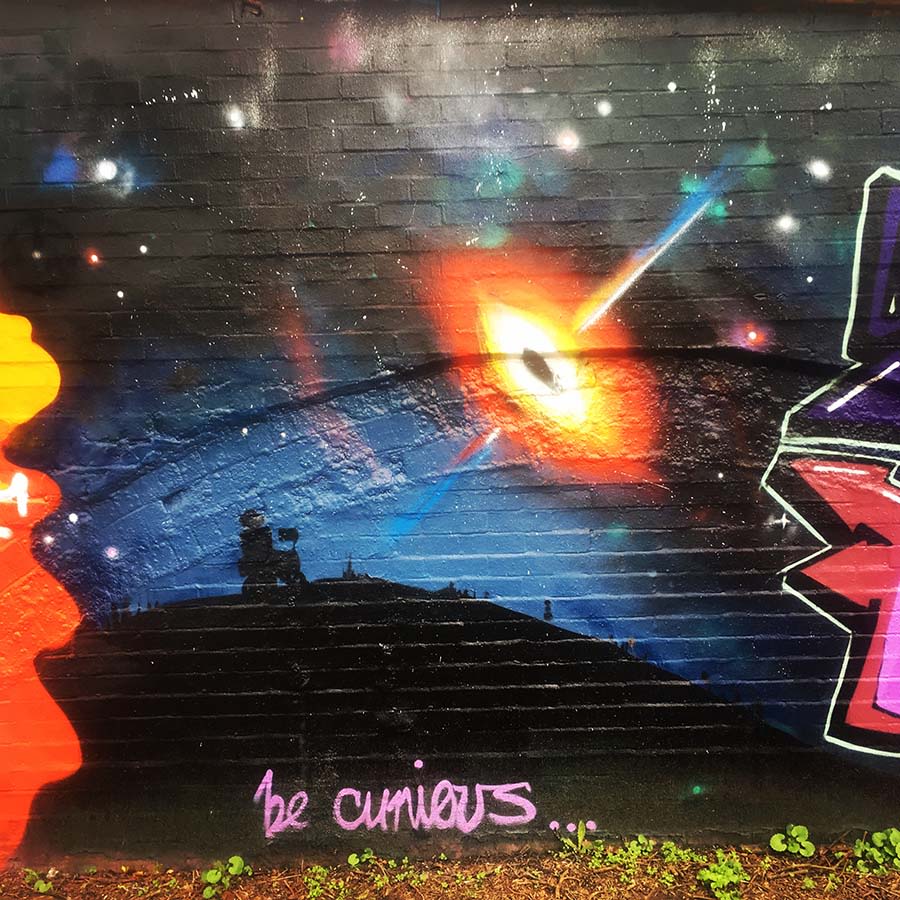
'Be curious' graffiti illustrating Professor Hawking and his work on black holes, Mill Road, Cambridge. Artist unknown. Photo: Hannah Haines
'Be curious' graffiti illustrating Professor Hawking and his work on black holes, Mill Road, Cambridge. Artist unknown. Photo: Hannah Haines
4. Mini ‘mod’ homes
For many of us, having a place to call home is something we take for granted. But it’s all too easy for people to find themselves homeless after changes in their circumstances.
Cambridge researchers partnered with a local charity to study the effectiveness of the first modular mini-homes in England, created for those experiencing homelessness. They found that combined with “wrap-around support” – these mod-homes helped to restore the resident’s health, relationships and finances.
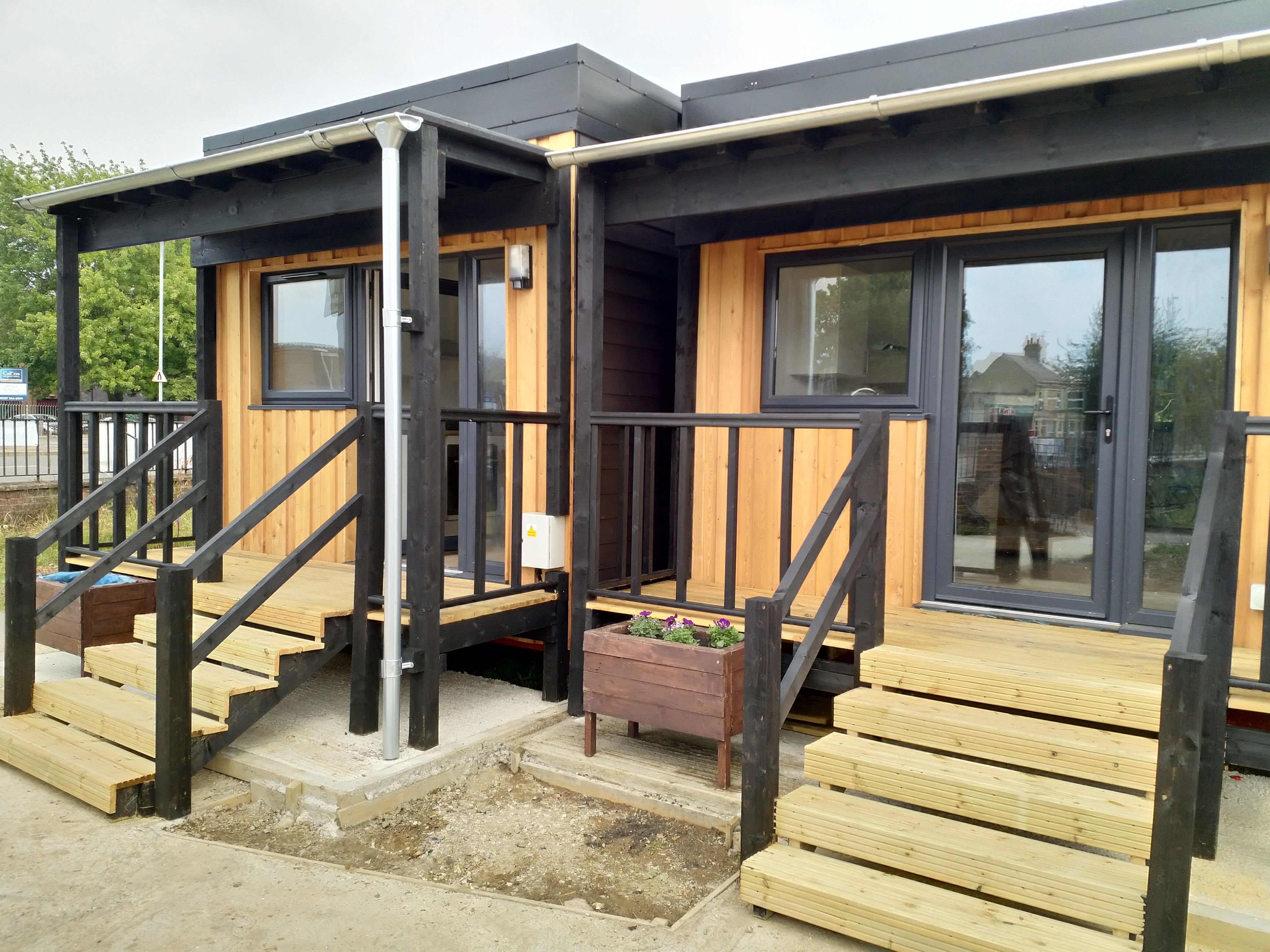
5. Glitter from your fruit bowl
We all love a bit of sparkle, especially at this time of year. But the truth is that when it comes to caring for the environment, glitter is a guilty pleasure. It’s made of toxic and unsustainable materials and contributes to plastic pollution.
Whatever colour glitter may come in, it’s not very green. But now Cambridge researchers have found a way to make sustainable, non-toxic, vegan, and biodegradable glitter from cellulose – the main building block of cell walls in plants, fruits and vegetables. And the best news: it’s just as sparkly as the original.
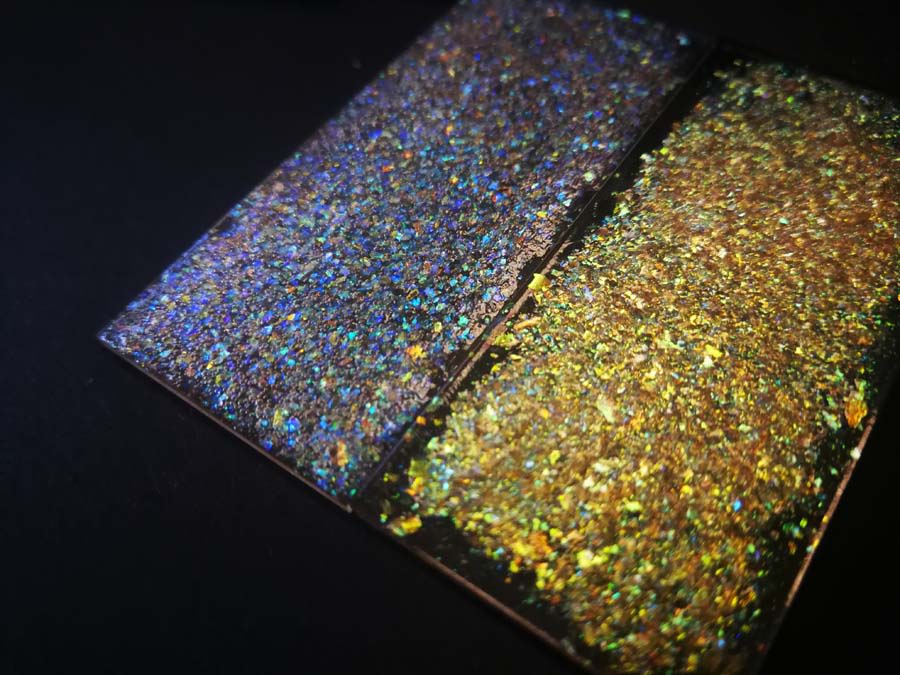
6. DNA confirms Sitting Bull’s descendant
Who do you think you are? Could the key to your ancestry be contained in an old lock of hair? Imagine if you could identify the descendants of long-deceased famous individuals from history by the analysis of ancient DNA. It sounds improbable if not impossible. But Cambridge researchers have done just that.
In a landmark study researchers confirmed a man’s claim to be the great-grandson of legendary Native American leader Sitting Bull, by using DNA extracted from Sitting Bull’s scalp lock. This was the first-time ancient DNA has been used to confirm a familial relationship between living and historical individuals.
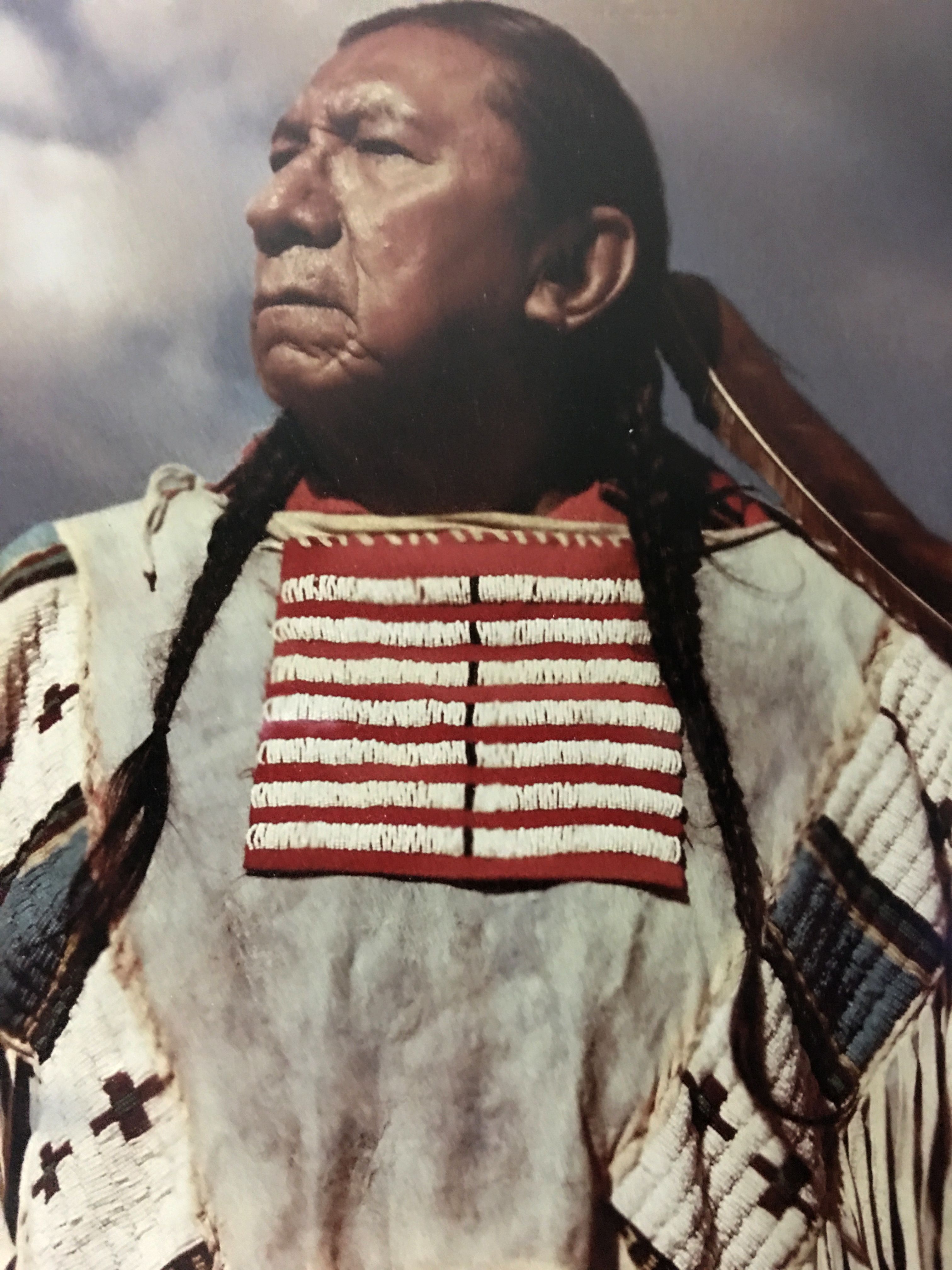
Sitting Bull's great-grandson Ernie Lapointe. Credit E. Lapointe
Sitting Bull's great-grandson Ernie Lapointe. Credit E. Lapointe
7. No-needle COVID-19 vaccine
COVID-19 has turned our lives upside-down. It has caused devastation and death across our world. As Omicron spreads, we find ourselves asking: “when will this end?”
A new Cambridge-led needle-free vaccine that will target COVID-19 variants and future coronaviruses offers some hope. Safety trials began in Southampton this month.
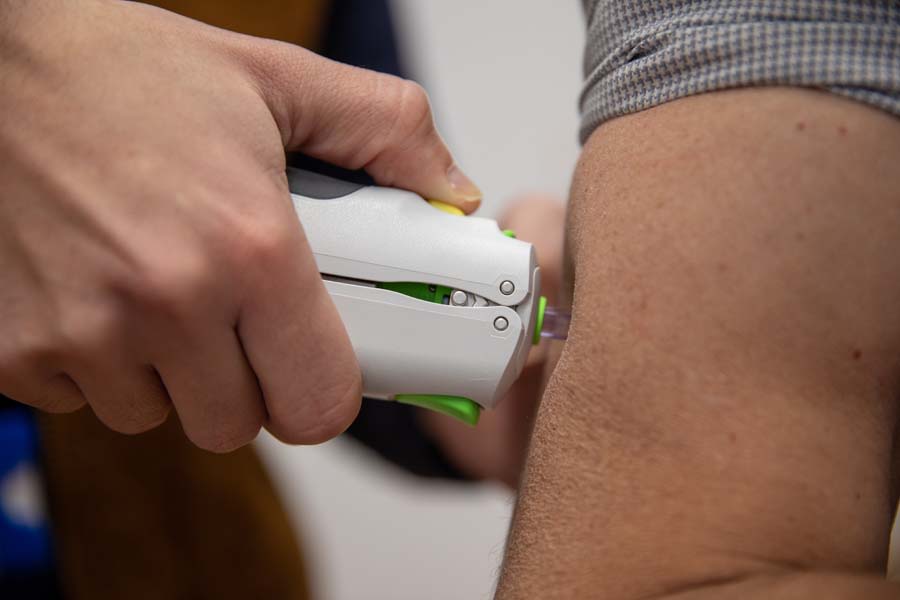
The vaccine is delivered using a needle-free 'injection' (Credit: Lloyd Mann)
The vaccine is delivered using a needle-free 'injection' (Credit: Lloyd Mann)
8. Redefining ancient Greek
How long would you spend on a project? Perhaps two months, or two years – but what about 23 years? In a herculean (or at least, heraklean) effort Cambridge researchers scoured Ancient Greek literature for meanings to complete the Cambridge Greek Lexicon, the most innovative dictionary of its kind in almost 200 years.
Written in up-to-date English the new dictionary clarifies meanings that had become obscured by changing times, including rescuing words from Victorian attempts at modesty. “We spare no blushes,” said Professor James Diggle. “We do not translate the verb χέζω as 'ease oneself, do one's need'. We translate it as 'to shit'.”
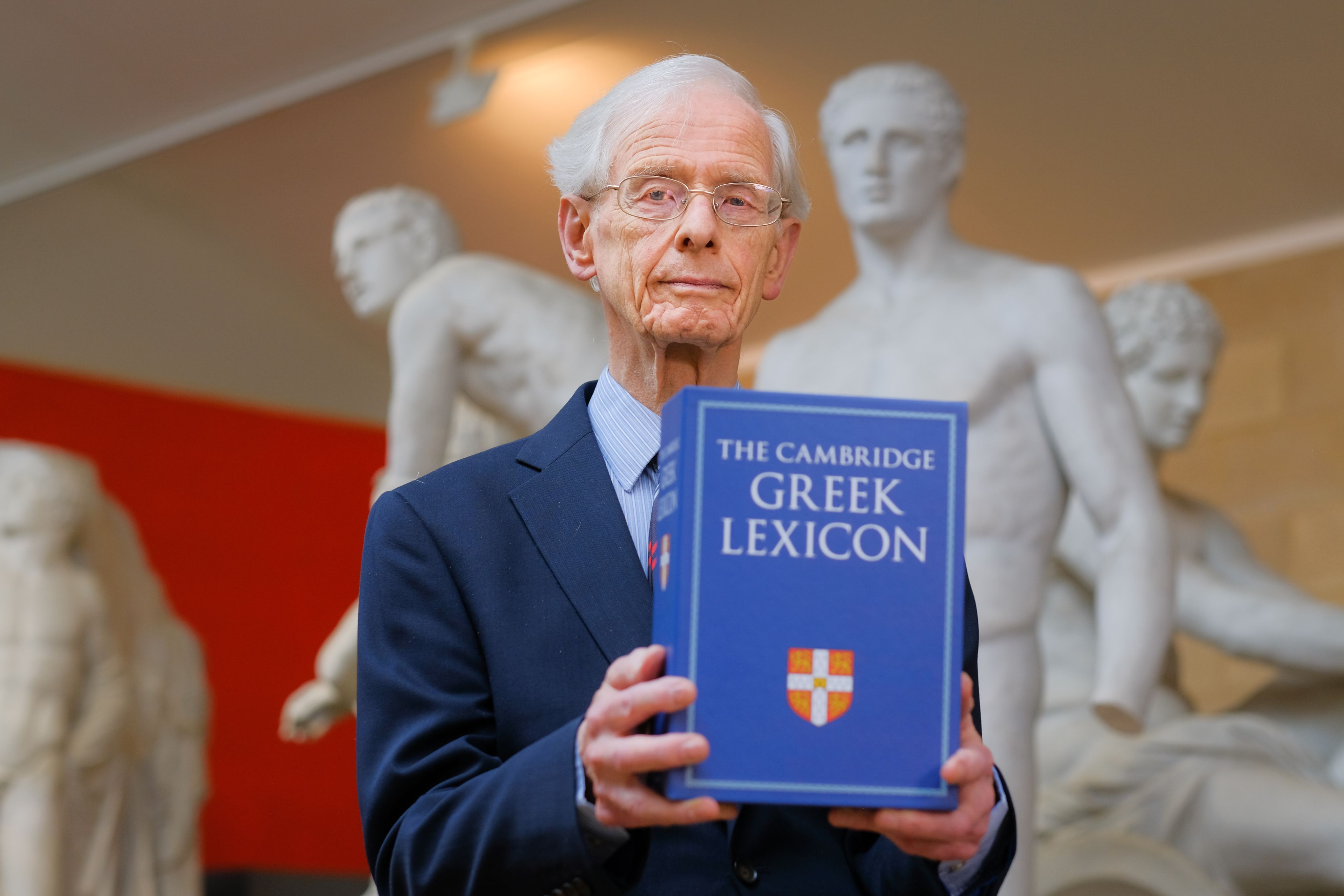
Professor James Diggle Credit: Sir Cam
Professor James Diggle Credit: Sir Cam
9. Bird-eating ‘vegetarian’ giant tortoise
We have long loved the ‘gentle’ giant tortoise, so it was with horror mixed with awe that we watched (through our fingers) one catching and eating a seabird chick. If you can watch to the end of the clip, you’re much braver than we were.
This previously undocumented behaviour was captured by Cambridge researchers on Frégate Island in the Seychelles and topples previously held beliefs that tortoises are vegetarian.
We’ll never be able to look at a tortoise in the same way again…
10. Medieval bunions abound
We’re all painfully aware of the perils of pointy shoes. But did you know that hallux valgus of the big toe – often called a bunion – is not a modern ailment?
Cambridge archaeologists discovered that a vogue for shoes with a pointed tip led to a sharp increase in bunions in the late medieval period. So next time you’re lamenting sore feet, spare a thought for our fashionista medieval ancestors.
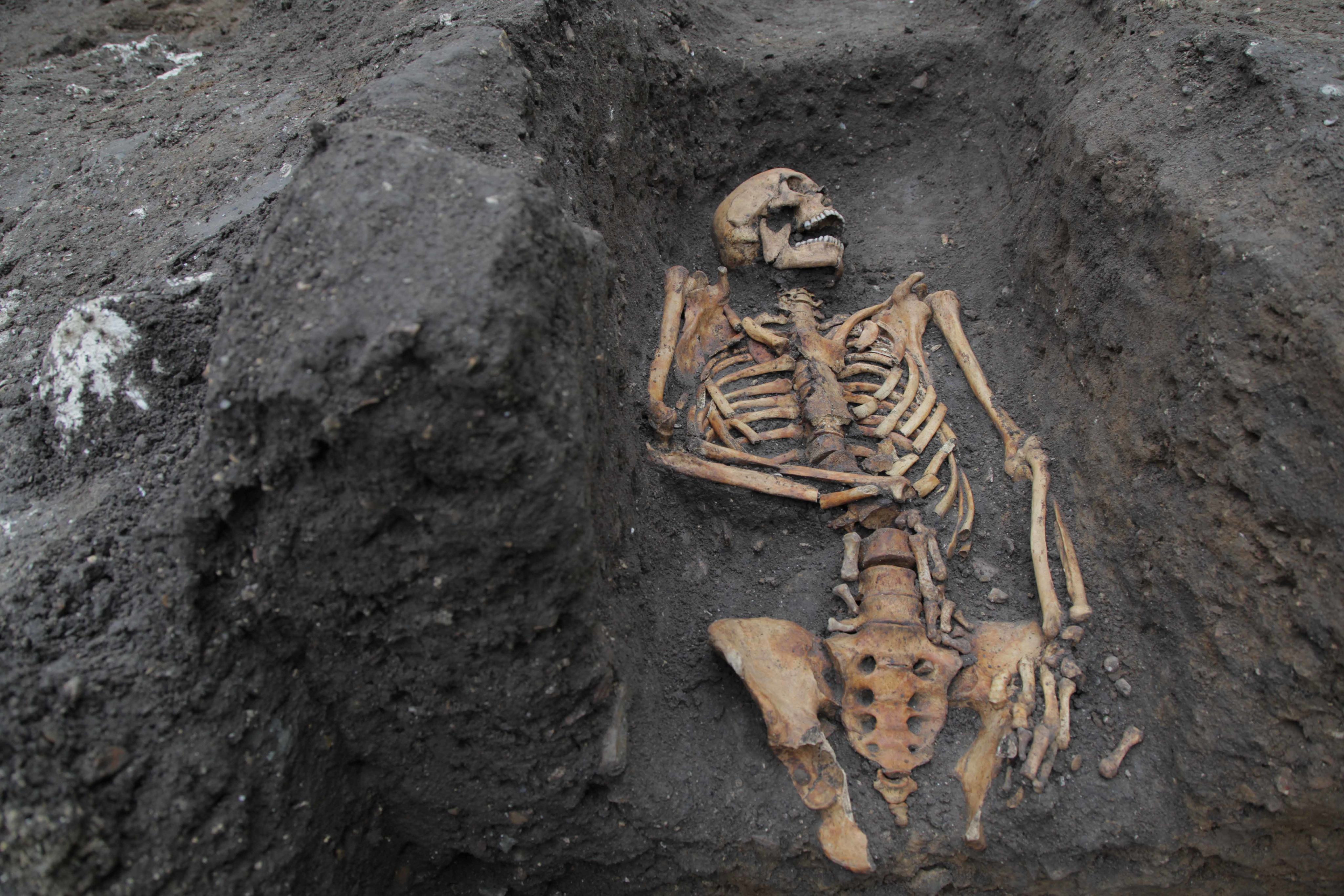
The remains of an individual buried in the Augustinian friary, taken during the 2016 excavation. Credit: Nick Saffell/University of Cambridge
The remains of an individual buried in the Augustinian friary, taken during the 2016 excavation. Credit: Nick Saffell/University of Cambridge
The text in this work is licensed under a Creative Commons Attribution 4.0 International License.

